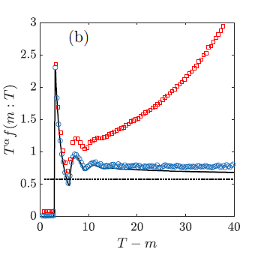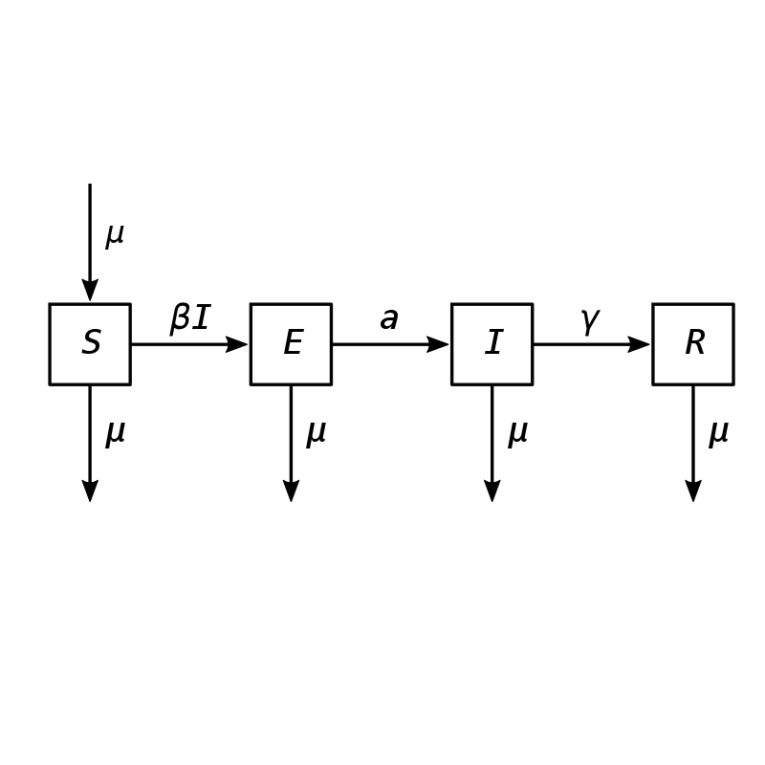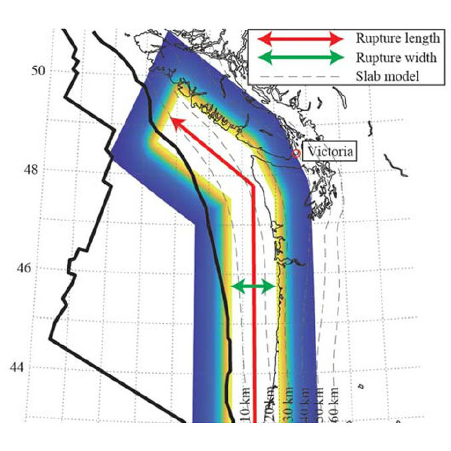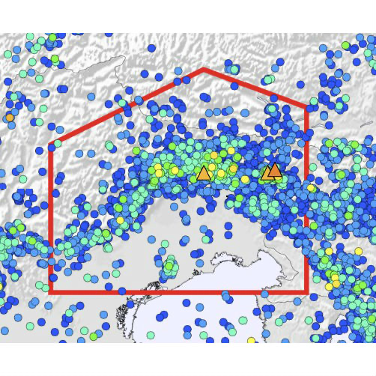Author: LML administrator
-
Extreme value theory for constrained physical systems
Posted on
by
Many stochastic processes in natural and man-made systems exhibit occasional extreme events which are rare in comparison to usual outcomes. Though infrequent, such events can still carry decisive weight.
-
Narrative structure of A Song of Ice and Fire creates a fictional world with realistic measures of social complexity
Posted on
by
The global television hit Game of Thrones, first aired in 2011, was inspired by a series of fantasy books written by George R. R. Martin. Since publication in 1996, A Song of Ice and Fire has been translated into more than 45
-
Using posterior predictive distributions to analyse epidemic models: COVID-19 in Mexico City
Posted on
by
Scientists and public health officials have relied on a variety of epidemiological models to forecast the trajectory of the coronavirus pandemic, and to derive guidance for policies aiming to avoid overloading health facilities. All such models contain parameters, and forecasting tools tend
-
Modeling the second wave of COVID-19 infections in France and Italy via a stochastic SEIR model
Posted on
by
Late in the spring of this year, many nations around the world, especially in Europe, faced public health crises, as coronavirus infections threatened to overwhelm their intensive care facilities. Authorities responded with drastic measures to reduce social contacts, closing businesses and schools,
-
Spatiotemporal seismic hazard and risk assessment of M9.0 megathrust earthquake sequences of wood‐frame houses in Victoria, British Columbia, Canada
Posted on
by
Large earthquakes and the aftershocks they generate cause considerable damage to buildings. As a result, risk management, evacuation planning and rapid seismic loss estimation require good estimates of the cumulative damage likely to arise from an earthquake sequence. This is especially important
-
Topological Comparison Between the Stochastic and the Nearest‐Neighbor Earthquake Declustering Methods Through Network Analysis
Posted on
by
On short timescales, earthquakes cluster in both time and space, eventually complicating the analysis of seismicity. One basic goal is to partition the earthquake catalogue into two classes of events — background events, regarded as spontaneous or independent earthquakes, and clustered events,
-
The future of perovskite solar cells, optimal vaccine distribution, and how to discourage the spread of madness through social media.
Posted on
by
Here are links to a few recent articles by LML External Fellow Mark Buchanan.
-
The spectral density of dense random networks and the breakdown of the Wigner semicircle law of random matrix theory
Posted on
by
The theory of random networks is useful in modelling systems of many interacting units, ranging from neurons in the brain and computers and routers in the Internet to species in an ecosystem. In this theory, a key mathematical quantity is the eigenvalue
-
An attempt to explain recent changes in European snowfall extremes
Posted on
by
In recent decades, the frequency of extreme snowfall events – often entailing considerable human and economic costs – has remained mostly unchanged, despite consistently rising global temperatures.
-
Online conference on Ergodicity Economics, January 2021
Posted on
by
The mathematical concepts of randomness were first developed in economics in the 17th century, primarily in the context of problems of gambling and games of chance.










